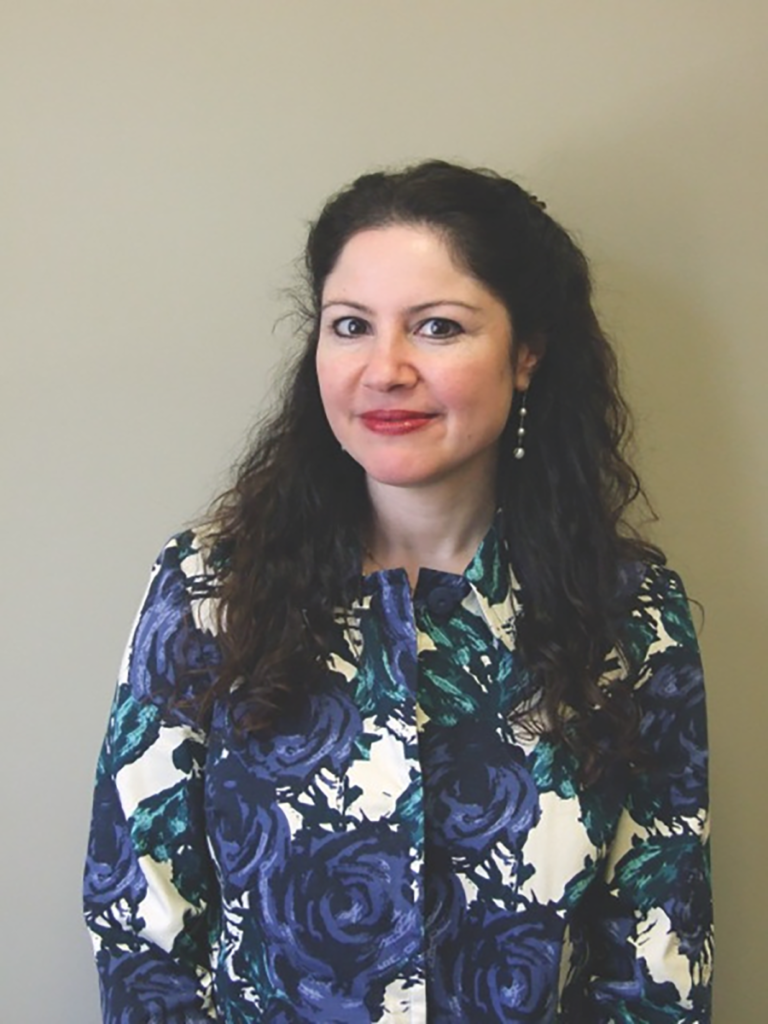I am an artist and art historian specializing in textiles and fashion. My career has taken me through many areas of the field, from digital apparel and textile design to researching historic garments and cloth in museums. I was hired at City Tech in 2018 for the newly developed Business & Technology of Fashion program for precisely this range of skills, as the area specialist to create new courses and a Textiles Laboratory, both of which are completed as of Spring 2023.
As the Director of Textile Technology and Lab Director, it is my goal to bring the technology of the 21st century together with the material and historical knowledge of textiles and fashion. This position came at a perfect point in my career, at which I find myself ready to mentor the next generation of professionals. The Fashion program at City Tech is growing exponentially, and my development as an educator and textile expert have been expanding along with our student body.
Prior to being hired at City Tech on the tenure track, I worked at The Metropolitan Museum as a Textile Specialist, Researcher and Educator (2011–2016). Being at The Met profoundly impacted my ability to connect with objects as primary sources containing a wealth of information, which is communicated simply by being examined and (carefully) handled. Textiles and garments are the objects held closest to our bodies, providing the energy of the maker and wearer to be transferred through the cloth to subsequent recipients. This haptic experience is one that informs so much of my approach to teaching textiles: the contemporary fashion industry, despite being based on image and marketing, is inextricably tied in with the history of textile-making, and the meaning and significance of clothing as it has developed over time. I educate and guide students through the myriad elements of this ancient practice based on my own understanding of how “fashions” develop due to advances in technology, trade, design trends, and the resulting supply and demand. The potential for clothing to impart messages of personal identity to a viewer is still the essence of fashion as expressed in my 2022 book A Cultural History of Western Fashion: From Haute Couture to Virtual Couture.
My art historical specialty is Persian silk in the early modern period, whose study exemplifies all the elements contributing to popular textiles and fashion. As the finest fiber found in nature, silk has a natural luster, the ability to absorb dyes brilliantly and can be woven to create intricate patterns and imagery with specialized drawlooms, the “high tech” equipment of its time. As a highly sought-after commodity, patterned and figural silks fueled transregional trade, economic growth and new dress styles that represented the other side of the known world.
My 2023 book Sufi Lovers, Safavid Silks and Early Modern Identity discusses the messages disseminated by silk garments depicting scenes from Sufi narrative poetry. An interdisciplinary study of literature, manuscript paintings and textile production, these silks embody the idea of dress as the primary medium for self-expression. Sufi groups who migrated from Iran to Central and South Asia took their poems and silks with them to new places, propagating their beliefs through figural imagery illustrating the stories. This profound example demonstrates the effects of migration, faith, erudition and artistic production on clothing styles: the prototype for clothing as self-expression that is the basis of fashion today.
These ideas are further explored in my 2024 book, Skilled Immigrants in the Textile and Fashion Industries: Stories from a Globe-Spanning History. It is the concurrent development of dress styles, iconographic symbolism and material science that has created the trillion-dollar fashion industry our students seek to join today as professionals, and it is my goal and my privilege to prepare them for the industry today. Please visit my website to see my artwork and complete list of publications.



